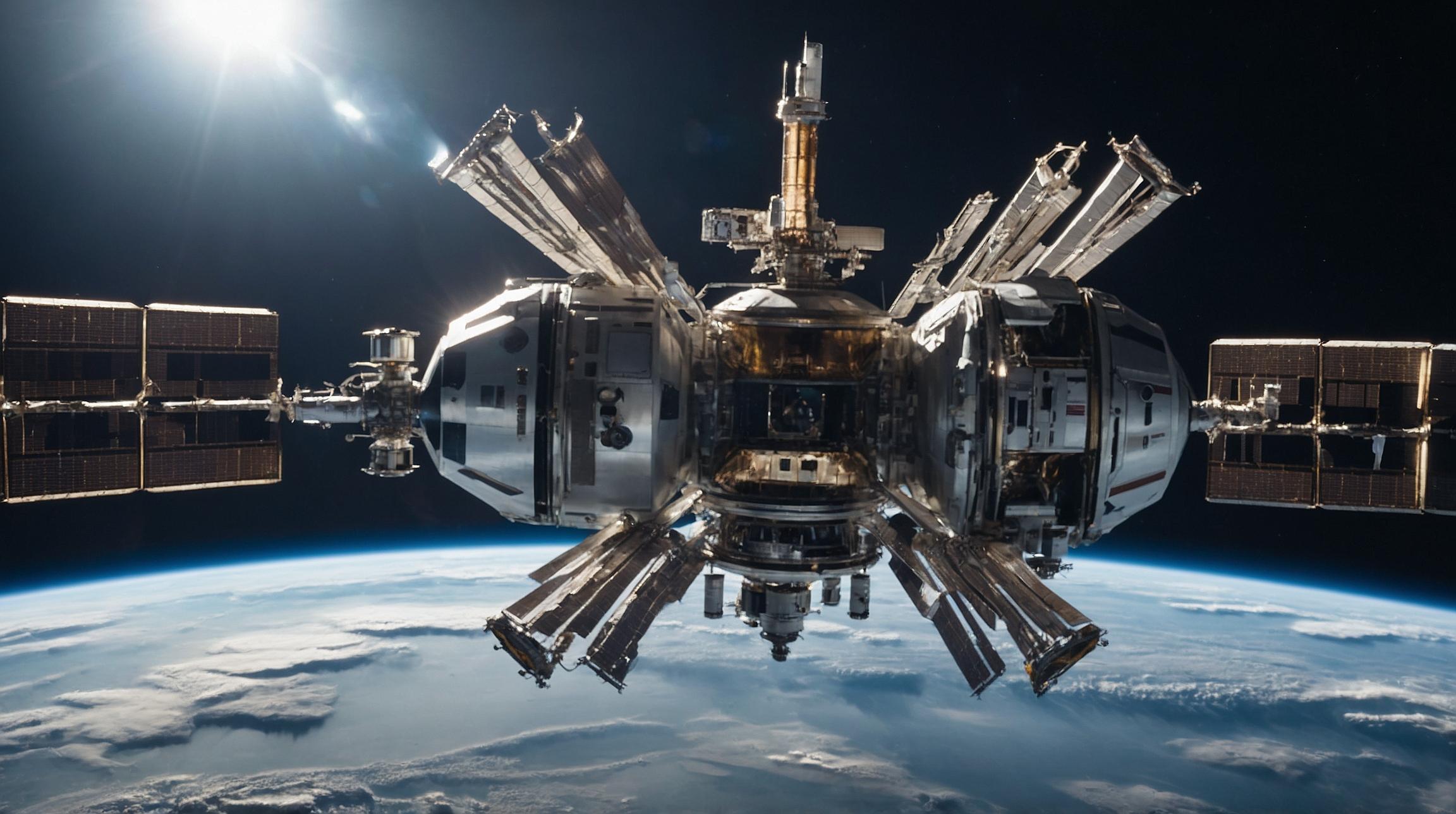Tesla Posts Record Vehicle Deliveries in Q3 2025
Tesla reported an unprecedented 497,099 vehicle deliveries in the third quarter of 2025, marking the company’s highest quarterly sales figure to date. This represents a substantial 29% increase from the second quarter and a 7% rise compared to the same period last year. The surge was largely attributed to a rush by consumers to capitalize on the $7,500 federal electric vehicle (EV) tax credit before its expiration. This incentive played a critical role in boosting Tesla’s deliveries during the quarter.
Broader EV Market Experiences Similar Upticks
Tesla was not alone in benefiting from the tax credit’s impending expiration. Other automakers in the United States also reported significant increases in EV sales. Cox Automotive projected that EVs could account for 10% of all vehicle sales in the U.S. during this quarter, setting a new record.
Challenges Cloud Tesla’s Growth Trajectory
Prior to this quarter’s spike, Tesla was on track to experience a second consecutive year of declining global deliveries. This downward trend has eroded the company’s industry-leading profit margins. Several factors contribute to this slowdown. Tesla has not introduced a significant new model in several years, apart from the Cybertruck, which has underperformed compared to competitors like the GMC Hummer EV. Additionally, CEO Elon Musk’s political engagements and controversial involvement with the Trump administration have impacted Tesla’s public perception.
“Tesla’s growth has stalled as the company shifts focus from vehicle sales to emerging technologies like autonomy and humanoid robotics.”
Outlook for Tesla’s Sales Beyond Q3
While Tesla could still surpass its 2024 delivery numbers with a strong fourth quarter, achieving the rapid growth rates seen in previous years remains unlikely. The company is reportedly developing a more affordable Model Y variant priced in the low $30,000 range, expected to launch by year-end. This could attract price-sensitive buyers but will test Tesla’s ability to maintain margins on lower-cost models. Meanwhile, legacy automakers such as Ford and General Motors have doubled down on EV sales, offering incentives to offset the loss of federal subsidies and stay competitive.
Political and Policy Influences on EV Market Dynamics
The expiration of the federal tax credit, combined with the Trump administration’s opposition to clean energy initiatives, has clouded the near-term prospects for EV adoption in the U.S. This environment has led several manufacturers to delay or cancel EV projects, potentially allowing Tesla to regain some market share despite broader challenges.
FinOracleAI — Market View
Tesla’s record Q3 deliveries demonstrate the significant influence of federal incentives on EV demand but underscore the fragility of growth absent such stimuli. The company faces strategic headwinds including a lack of new product launches, reputational risks, and increasing competition.
- Opportunities: Launch of a lower-cost Model Y could broaden Tesla’s market reach and sustain volume growth.
- Risks: Loss of federal tax credits and political headwinds may dampen demand and slow EV adoption nationally.
- Competitive Pressure: Legacy automakers’ ramped-up EV offerings and incentives could erode Tesla’s market share.
- Strategic Focus: Musk’s pivot towards autonomy and robotics may divert resources from core automotive growth.
Impact: Tesla’s short-term sales surge is positive but does not offset longer-term growth challenges. Investors and market observers should watch closely how Tesla balances innovation with competitive pressures in a shifting policy landscape.













